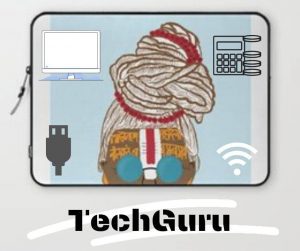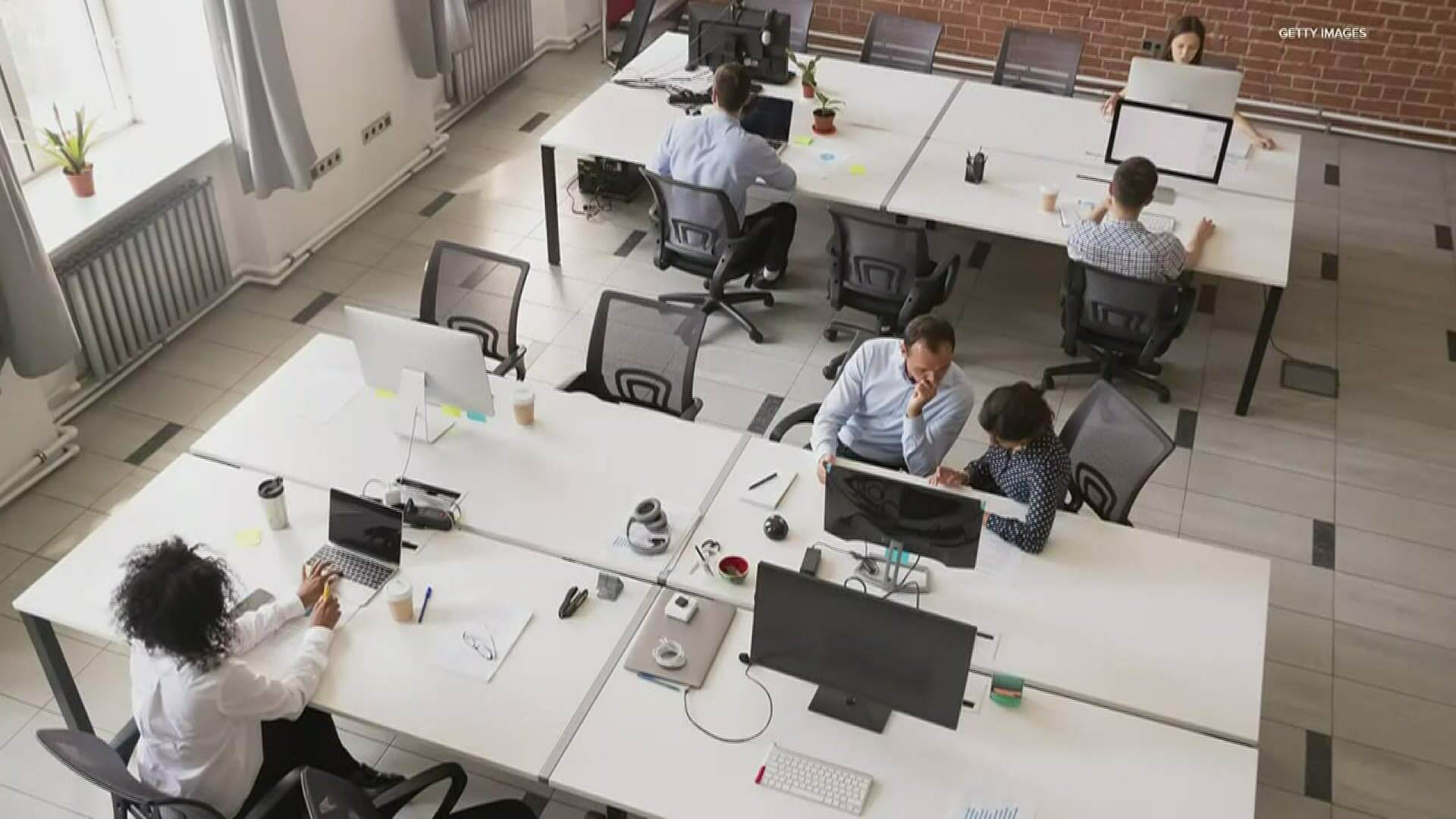Reading Time: 4 minutes
A prolonged crisis changes the way we view life. Joydev tells us what would cities, jobs and workplaces are in the post-Coronavirus world. An exclusive for Different Truths.
 Countries across the world are racing to lift the lockdown or ease down the restrictions to bring back the normalcy. Amidst the easing or lifting process, it is to be noted that things will never be the same as they were in February 2020. History shows that human beliefs and behaviour get transformed with sustained long-term crises. So will happen with the present crisis too. Workplaces are changing; hiring modes are changing, and with them, the cities and lifestyles are also changing. And guess what, technology is the catalyst to this change. Let us look at one by one how the changes are taking place and how technology is easing the process of change.
Countries across the world are racing to lift the lockdown or ease down the restrictions to bring back the normalcy. Amidst the easing or lifting process, it is to be noted that things will never be the same as they were in February 2020. History shows that human beliefs and behaviour get transformed with sustained long-term crises. So will happen with the present crisis too. Workplaces are changing; hiring modes are changing, and with them, the cities and lifestyles are also changing. And guess what, technology is the catalyst to this change. Let us look at one by one how the changes are taking place and how technology is easing the process of change.
History shows that human beliefs and behaviour get transformed with sustained long–term crises. So will happen with the present crisis too. Workplaces are changing; hiring modes are changing, and with them, the cities and lifestyles are also changing. And guess what, technology is the catalyst to this change.
Change in Workplaces
Work from Home – the phrase became the talk of the town during the pandemic as never before so huge working population was forced to work remotely. All one needed to have a power backup and good internet connectivity that transformed even the kitchen slabs to workplaces. The word ‘office’ no more means a dedicated chair and table, with co-workers around, poking and blinking each time they cross you, a cafeteria where you can spend some good ten minutes gossiping with colleagues. The present geographical definition of an ‘office’ would be a corner of a house, more likely near a window, with least disturbances. Your home becomes your new headquarter with 30 seconds of commute time. With lockdown restrictions being eased, some offices are resuming back but with a changed setting. Reduced workforce and long-term design upgrades or modifications will drive the new workplaces. Whether employees work from home or step into the offices on alternative days, there is one thing that will aid their working and that is technology. Offices are restructuring the interior design, and ‘sneeze-guard’ is one such remarkable change we are going to witness in the offices.
Change in Hiring Modes
Weeks ago, my LinkedIn feed was filled with posts of job loss due to Covid-19,  requests for job connections, etc. Gradually the same people started posting updates of joining a new company. Now, one thing is sure, they didn’t go in-person to attend the interview. How were they hired? Yes, complete virtually. And here is where hiring modes are changing. The Internet and various video-conferencing platforms have made this possible. With the availability of advanced digital technologies, HRs from the headquarters of Google or Amazon can hire an applicant sitting at the other corner of the world. Employees no need to leave their family and country to work in an MNC. Remote hiring and remote working is driving the working ecosystem and is expected to become new normal in the days to come.
requests for job connections, etc. Gradually the same people started posting updates of joining a new company. Now, one thing is sure, they didn’t go in-person to attend the interview. How were they hired? Yes, complete virtually. And here is where hiring modes are changing. The Internet and various video-conferencing platforms have made this possible. With the availability of advanced digital technologies, HRs from the headquarters of Google or Amazon can hire an applicant sitting at the other corner of the world. Employees no need to leave their family and country to work in an MNC. Remote hiring and remote working is driving the working ecosystem and is expected to become new normal in the days to come.
Weeks ago, my LinkedIn feed was filled with posts of job loss due to Covid-19, requests for job connections, etc. Gradually the same people started posting updates of joining a new company. Now, one thing is sure, they didn’t go in-person to attend the interview. How were they hired? Yes, complete virtually. And here is where hiring modes are changing.
Change in Metros
The Covid-19 pandemic has left city dwellers pondering on some questions like How urban life would look after the pandemic? Will restaurants and other public places will see the crowd as before? Will people still travel in crowded subways?
All teeming megacities across the world, whether it be New York or New Delhi, are likely to witness a phenomenal change after this pandemic. The streets would never be as crowded as they were in February 2020. With the fear of disease becoming the new normal, cities could be in for an insipid and antiseptic future, perhaps even a dystopian one. Most works have gone remote, and the desire for safer and more private surroundings may lead the majority of the urban population to move towards the suburbs and rural areas. A survey says that around 70 per cent of smaller restaurants may close down their operations if the Covid-19 crisis lasts for four months or more. Some experts believe the other way and say crises may open up new opportunities for people, even in the countryside.
A survey says that around 70 per cent of smaller restaurants may close down their operations if the Covid-19 crisis lasts for four months or more. Some experts believe the other way and say crises may open up new opportunities for people, even in the countryside.
Any way round, there is one thing that will drive the change, and that is technology. Without proper technological setup, one would never dare to leave cities with the responsibilities of working or hiring remotely.
Photo from the Internet
















